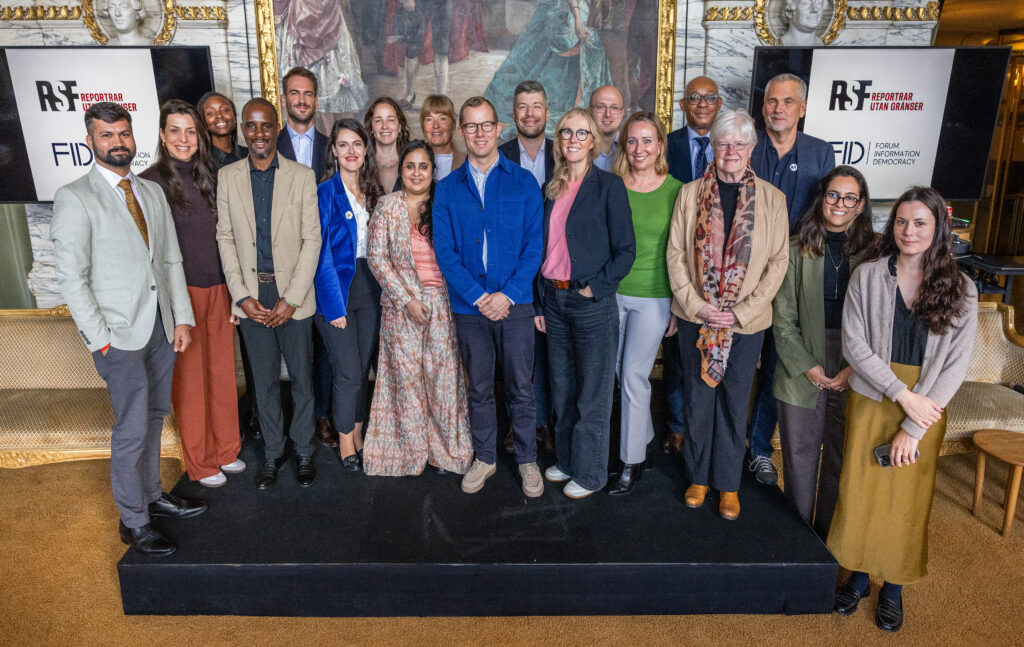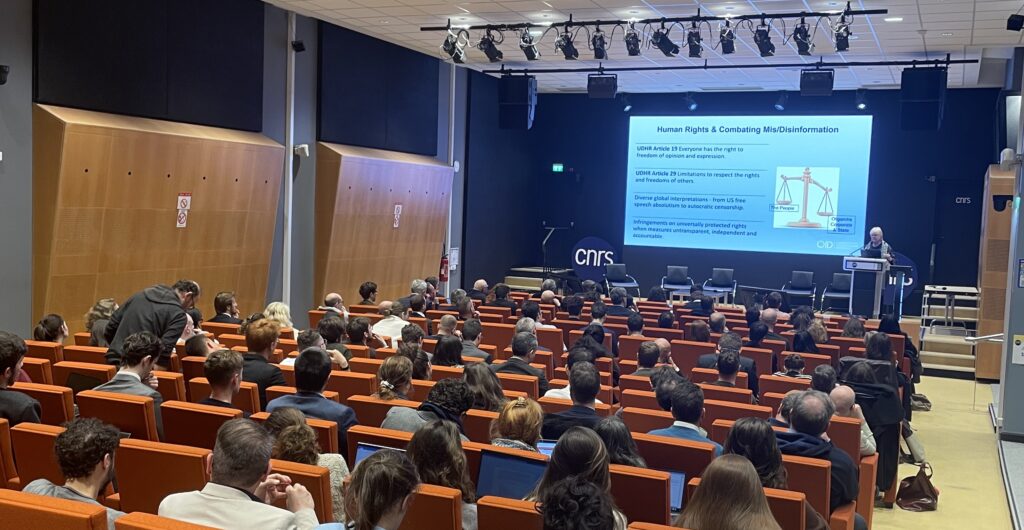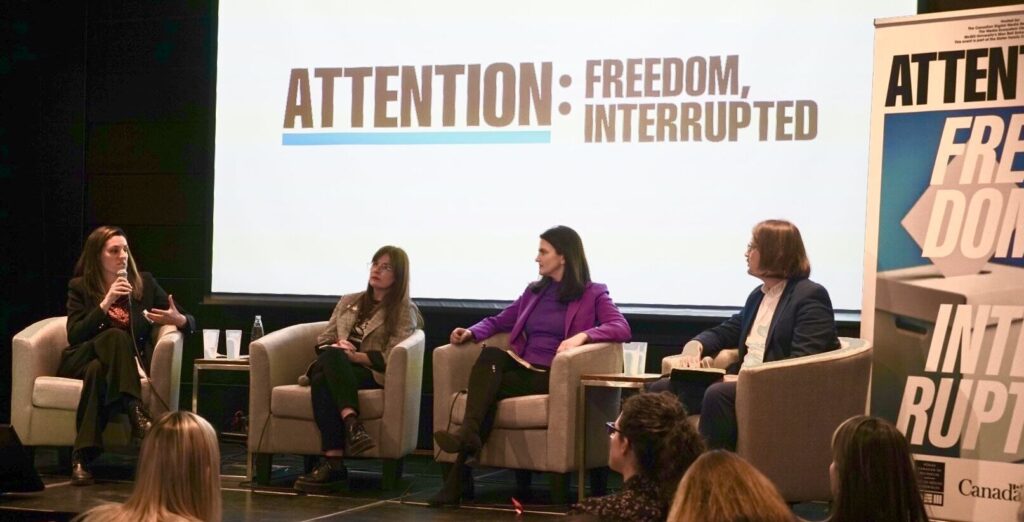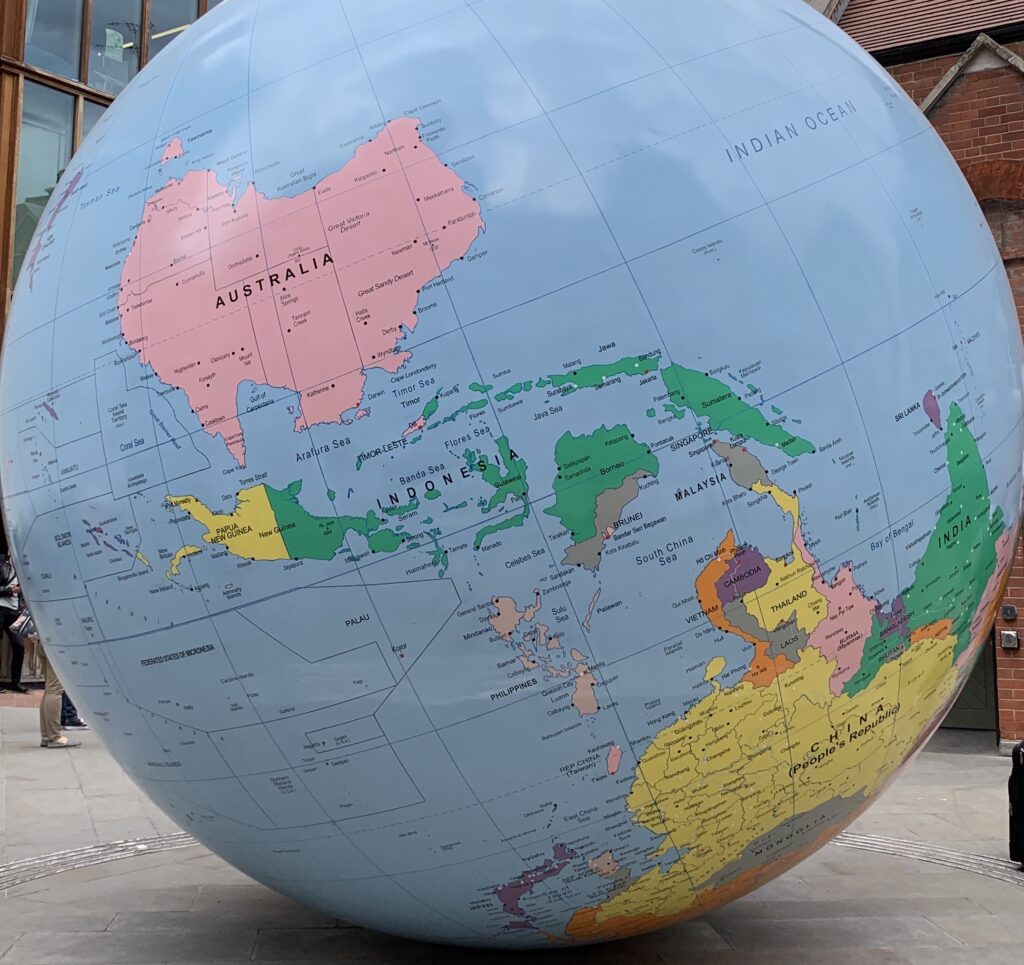Rio de Janeiro, March 19th 2025
In the context of the Observatory on Information and Democracy dissemination event held at the Praia Vermelha campus of the Universidade Federal do Rio de Janeiro, we had the pleasure of discussing our report’s results with key stakeholders in the region. Our expert panel titled “Power Asymmetries in the Global Information Ecosystem and Their Significance for Brazil and Latin America” included:
- Marie Santini (Director of Netlab UFRJ and member of the expert committee of OI&D)
- Luca Belli (Director of the Center for Technology and Society at FGV-Rio and member of the steering committee of OI&D)
- João Brant (Secretary of Digital Policies at Secom, Federal Government)
- Natalia Zuazo (UNESCO Digital Office for Latin America and the Caribbeans)
Following the conference, our report was featured in the Brazilian national evening news (G1). Watch the full coverage here:






